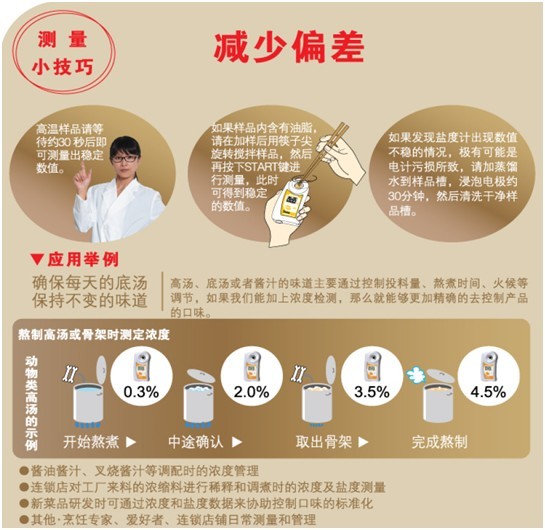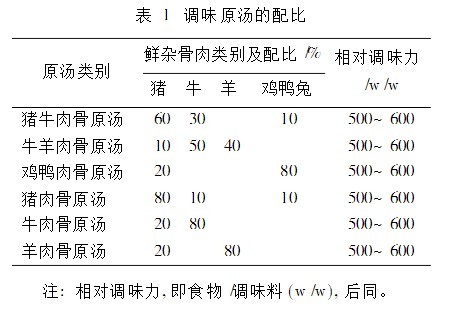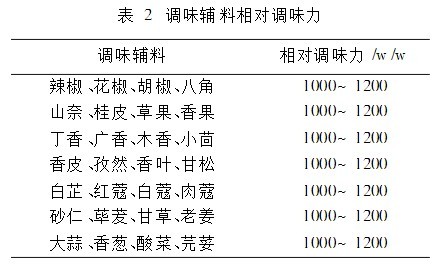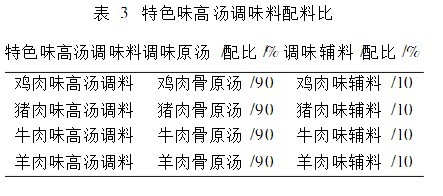First of all, the noodle soup needs to be made with meat. The richness of the broth comes from the right balance of fat and protein. It's important to pay attention to these elements during the cooking process.
After that, you can add seasonings according to your taste preferences. The sauce and extract (high stock) dissolved in the broth contain all the essential flavors. To maintain the delicate traditional taste of the soup, it’s common practice to measure salinity using a concentration meter. This tool has become an essential part of the process, ensuring consistent quality and flavor.
The salinity and concentration levels may vary slightly depending on the season, so it's crucial to monitor them regularly. Using scientific methods helps compensate for any lack of experience or intuition from the chef, ensuring every batch of soup is just as delicious as the last.

1
Materials and Methods
A. Raw Materials and Instruments
Fresh bones from pigs, cows, sheep, chickens, ducks, and rabbits, along with meat, ginger, garlic, sauerkraut, star anise, sesame, cinnamon, and cloves are all commercially available. Essential tools include a soup salinity meter, a soup concentration meter, and a Baume meter.
B. Preparation Process
The process involves: fresh meat and bones → stewing → separation → concentration → measurement → adjustment → seasoning. Using refractive methods, the salinity of each seasoning extract is measured and adjusted to create a flavoring auxiliary. The PAL Ramen Salinity Meter is used by placing a few drops of the soup sample into the prism slot, pressing START, and reading the displayed value and temperature to determine the salinity. By observing through the eyepiece, the exact boundary position is identified, allowing accurate measurement of both concentration and salinity.
C. Preparation of Broth Seasoning
The content and state of the flavoring ingredients are adjusted based on human taste characteristics and conventional seasoning requirements. The flavor type of the broth seasoning is determined by traditional food customs and the dish type. The compatibility between main and auxiliary seasoning materials is considered to match the flavor profile of regular dishes.
The relative flavoring ability of various seasoning soups and seasonings serves as a reference for determining the ratios of different flavor types. Based on the relationship between main and auxiliary seasoning materials, appropriate seasoning soups and accessories are selected. Condiment seasoning is applied accordingly.

The ratio of seasoning soup is shown in Table 1.

The relative flavor of seasoning accessories is shown in Table 2.

The ingredients of the special flavor soup seasonings are shown in Table 3.
In the development of traditional broth seasonings, turmeric is often included as a key ingredient. Flavoring materials are added to enhance the seasoning power, making the broth more versatile and easier to use. In summary, the seasoning ability of the broth is strong, the process is efficient, usage is simple, and consistency is ensured. Salinity measurements provide valuable insights, allowing precise control over the taste of the final soup product.
ATAGO (Ai Tuo) Marketing Department (Xuan)
Lifting Columns,Lifting Column,Linear Servo Actuators,Linear Servo
Kunshan Zeitech Mechanical & Electrical Technology Co., Ltd , https://www.zeithe.com
